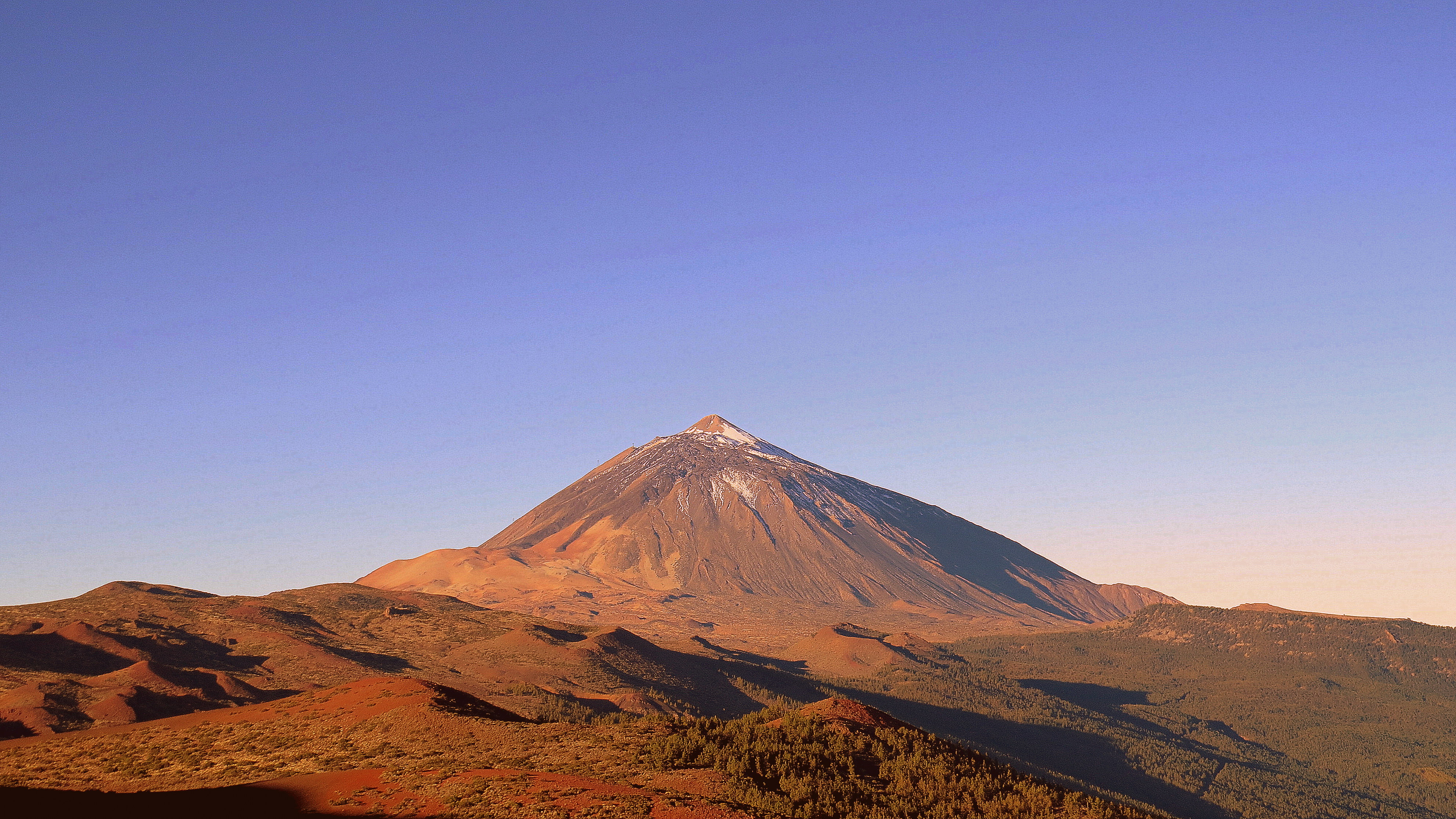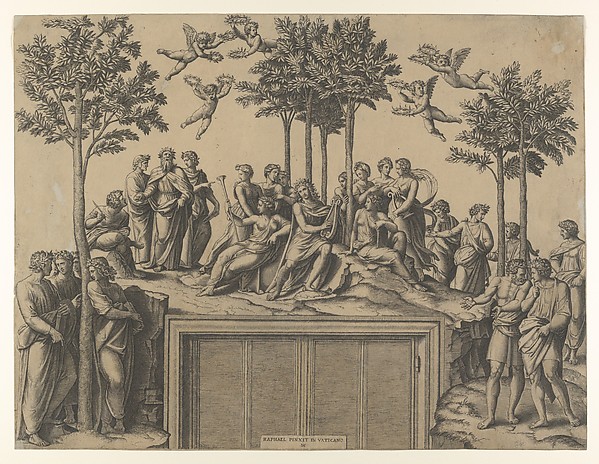Dawn reveals that physical height was not the only thing that gave a peak prominence in the early modern cultural landscape.
It is more or less taken as a given in most scholarly work on landscape that, insofar as human engagements with it are concerned, there is a distinction to be made between the ‘physical’ landscape out there in the world, and the mental landscape within people’s minds. Indeed, some historians – myself included – would say that the only thing we can really recover is the mental, or cultural landscape of a past individual or society, partly because it shaped the way people viewed the world around them.
One area in which I think this is particularly evident, with regards to mountains, is in terms of the significance or prominence attached to particular peaks. Of course, ‘prominence’ has a physical connotation – how high a mountain is in relation to the landscape around it – but it also has a cultural one. This can best be summed up by asking the question – if someone asked you to name the first three mountains that came into your mind, what would they be? I’m going to take a bet that they might well include such summits as Everest, Mont Blanc, Kilimanjaro, K2 – though you may also add one or two from your own locality, depending on where that is: Snowdon, Ben Nevis, Scafell Pike (for non-British readers, these are the ‘Three Summits’, or the highest peaks of Wales, Scotland, and England respectively. I must not allow my own mental landscape to fool me into thinking that everyone has heard of Scafell Pike).

But of course, you say, the peaks named above are all naturally the first you’d think of, by dint of being the highest – whether the highest in the world, in the case of Everest, or the highest within a particular region. However, when asking the same question (‘what are the first mountains you think of?’ of pre-modern sources, it is important to bear two key factors in mind when thinking in terms of height. The first is that reckonings of ‘the highest mountain’ are different from era to era. For example, in the seventeenth century, Europe had many decades to go before it ‘discovered’ Everest, and the highest mountain in the world was deemed to be ‘the Peak of Tenerife’ (or Mount Teide, 3718m high). The second is that the correspondence between physical height and cultural significance was by no means as strong in premodern eras. Indeed, I would argue that the idea that the modern-day importance attached to physical height is its own form of cultural landscape.
So, if you could stop a pre-modern everyman (or everywoman) in the street and ask them to name the first three mountains they could think of, what would they say? The answer, of course, would depend entirely on the temporal and cultural context within which you found them. In the mid-seventeenth century, however, the answer was deeply and compellingly rooted not in the mental mountaineering landscape of ‘high’, ‘higher’, and ‘highest’, but in the literary landscape of the classical past.
This is particularly evident in a volume published in 1657 to aid aspiring poets. Composed by a schoolmaster, Johua Poole, The English Parnassus places both mountains and classicism front-and-centre from its very title. Parnassus is a real mountain (2457m), but it is also a symbol: legendary home of the Muses, Poole called upon it as a representation of poetic inspiration or excellent. In his prefatory poem, addressed to ‘the hopeful young Gentlemen’ whom he taught, he urged them to ‘Accept and use then this my book, aspire / Unto the Mountains top’. The summit of this most well-known mountain was to be climbed not with footfalls but with words.
 The English Parnassus is a peculiar text, a compendium of ‘Rhyming Monosyllables, The choicest Epiphets, and Phrases’, organised alphabetically by different headings. His ‘choice epithets’ listed under ‘Mountain‘ are intriguing enough (‘stately’, ‘star-brushing’, ‘insolent’, ‘inhospitable’, ‘lovely’, and ‘proud’ are but a contradictory few), but of more interest for the purposes of this post are the specific peaks which are named in the course of the pages of the Parnassus. Its titular mountain, of course, receives an entry of its own (‘two-topt… Muse-haunted’), as does Etna, Caucasus (‘The Scythians snowie mountains on whose top / Prometheus growing liver feeds the Crop / Of Joves great bird’), and Ida. In the course of quotations drawn from various poets under such headings as ‘high’, classical peaks and their associated stories appear again and again. Athos, Haemus, Eryx (‘Erix’), Lamus, Kithairon (given as ‘Cytheron’), Hybla, Latmos. With the exception of a few glancing references to the Alpine and Appenine ranges, and one allusion to ‘the Canarian Tenariffe’, these are the mountains which almost exclusively fill the pages of The English Parnassus.
The English Parnassus is a peculiar text, a compendium of ‘Rhyming Monosyllables, The choicest Epiphets, and Phrases’, organised alphabetically by different headings. His ‘choice epithets’ listed under ‘Mountain‘ are intriguing enough (‘stately’, ‘star-brushing’, ‘insolent’, ‘inhospitable’, ‘lovely’, and ‘proud’ are but a contradictory few), but of more interest for the purposes of this post are the specific peaks which are named in the course of the pages of the Parnassus. Its titular mountain, of course, receives an entry of its own (‘two-topt… Muse-haunted’), as does Etna, Caucasus (‘The Scythians snowie mountains on whose top / Prometheus growing liver feeds the Crop / Of Joves great bird’), and Ida. In the course of quotations drawn from various poets under such headings as ‘high’, classical peaks and their associated stories appear again and again. Athos, Haemus, Eryx (‘Erix’), Lamus, Kithairon (given as ‘Cytheron’), Hybla, Latmos. With the exception of a few glancing references to the Alpine and Appenine ranges, and one allusion to ‘the Canarian Tenariffe’, these are the mountains which almost exclusively fill the pages of The English Parnassus.
This is, of course, just one example, but there are many more which speak to the significance of classical peaks within the mental landscape of early modern European writers and travellers. The eccentric explorer, William Lithgow (c.1585 – c.1545) looked eagerly for sight of both Mount Parnassus and Mount Etna; the poet Michael Drayton (1563-1631) imposed the classical landscape upon British Cumbria, imagining the double-summited Skiddaw as a local Parnassus. But those are stories for another post.
Illustrations: Mount Teide by Mark Gregory, CC BY-NC-ND 2.0; Apollo sitting on Parnassus surrounded by the Muses and famous poets, by Marcantonio Raimondi after Raphael, ca. 1517-20, Metropolitan Museum of Art.

